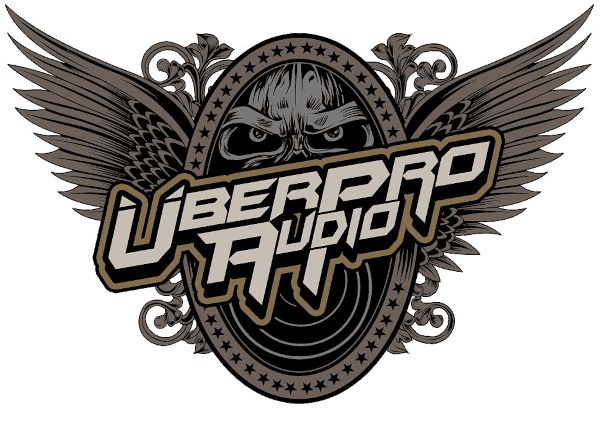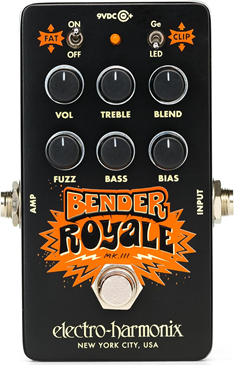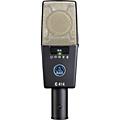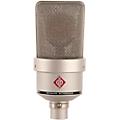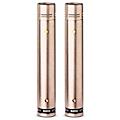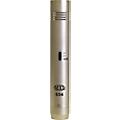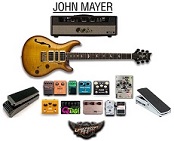I think that Elizabeth Papapetrou best described how a music dude feels when thinking about recording a piano in the studio:
"Are you ready for a challenge? Take about 240 strings; stretch them across a mutant harp; attach 88 hammers, mechanical contrivances, and keys; mount it all over a soundboard; put the whole mess in a giant wooden box; and make noise with it. Then grab a bunch of microphones and try to capture the true sound of the glorious, pulsating, ultimate acoustic music machine you've created. Intimidated yet?" - Elizabeth Papapetrou (2000)
Recording the piano certainly can be a tough task in the recording studio, but we got out the ole digital camera, some mics and stands, and our know-how, and have put together a nice little pictorial/article that should get you started on how to record a piano so it doesn't suck :)

Before we get into the details on how to record a piano, let's talk about some prerequisites. First off, you are going to need to find a piano that you can record. Maybe you can record a friend's, a local school, church, etc... If you have options, you want to find the best sounding piano you can. Upright piano's generally don't record as well as grand pianos. When you find a piano that you want to record, you need to make sure it is in tune, otherwise it needs to get tuned. Once you have found the piano, you want to checkout the room it's in. Ideally you want the piano to be in a great sounding space when you record it. If you don't like the acoustics of the space you are in, think about putting up some foam, blankets, etc... to improve the room.
You are going to need some equipment to record the piano well. The major thing you will need is a nice pair of studio condensor microphones to do a stereo recording of the piano. A matched pair is ideal. Even if you have two microphones of the same model (and they aren't perfectly matched at the manufacturer) that is great. After the mics, of course a nice signal path (preamps, digital audio converter...) is what you want.
To save you the time, here are some really nice microphones that you can get for piano recording (and they'll work great for a TON of other studio stuff too):
The AKG C414 mic is quite popular for piano recording. It is also awesome on all sorts of other sources like guitar, vocals, drums, and more. Get two of them and you will be set for a LONG time.
The Neumann TLM-103 stereo pair also would be nice, and relatively cheap (compared to the other Neumann models).
If you want to get pair of small diaphragm mics, which I highly recommend for recording piano and other stereo sources with, the Neumann KM 184 is known as "The Shit" in the music industry.
If you are on a tight budget, here are some other choices that will treat you right:
The Rode NT5 Matched pair is the choice of many recording studio owners:
If you are REALLY low on dough, the MXL 604 can be a nice choice for the job:
Alright, you got the gear, so let's check out some techniques.
The first technique we'll talk about today is a spaced pair of microphones inside the piano's lid, above the hammers. Use two flat-response condensor microphones; one positioned 12 inches above the treble strings and the other above the lower strings. Both mics should be about 8" from the hammers.
This technique will give you a less airy sound that may be able to cut through a mix a bit better than other piano recording methods. This type of recording may be desirable for pop/rock music. Experiment.
Below is our image gallery for this recording technique. If you click the pictures they should enlarge in a shadow box for you at the top of the page so you can see how I set things up.
Another microphone technique that many pianists are fond of using is two microphones pointed directly at each other. Having one mic over the high "C" note and the other microphone over the low "A", will give you a recording that sounds almost the same as what the piano player hears. Experiment with how high you have the microphones setup.
I also did some experiementing and setup the mics on either side of the player about 1 foot above their head pointing down at the piano. Check out the pics of this technique.
To get a more airy type of sound from your piano recording, you can try a spaced pair of mics outside of the piano. You can experiment with how high you want them, how far you want the spacing, etc... In the following pages we will also cover a few stereo micing techniques you can use.
One of my favorite stereo micing techniques is the XY micing technique. Try this out. It generally reduces phase issues that you may encounter using a spaced pair on an instrument. I use XY for drum over heads, guitar, piano...all sorts of instrument sources. Checkout some pics of this technique on the piano.
With ORTF miking, you place a pair of cardioid mics about 6.69 inches apart and facing outward at a 110-degree angle The mics are aimed at the left and right edges of the sound source.
ORTF is pretty easy to use and gives good spatial definition. ORTF works better with small-diaphragm condenser microphones (like the ones in our pictures) than with large-diaphragm microphones, which have a weaker off-axis response. I like to experiment between the ORTF technique and the XY technique to see which gives a better recorded piano sound.
The last little technique I wanted to mention is micing the underside of the piano. I wouldn't recommend doing this as your only signal source, but it may be a fun thing to play with in combination to some of the aformentioned stereo techniques. As you can imagine you are going to get a more bassy muffled sound using this technique. After all, we all enjoy a nice bottom! ;)
I hope that the pictures and info have helped you devise a plan on how to record the piano. What I really want you to do is to just get out there and start experimenting - that's the only way you are going to get good at something. Someone can tell you how to do something, but to really become and expert, you need to struggle through it yourself. Then you'll know the ins and outs.
Make sure you have the right gear. If you need something, go back to the first page of this article and checkout the gear we recommend for recording piano. If you click the gear links on the first page, you can get more info at Musician's Friend. Don't wait - buy what you need now - you only live once is what I tell myself. Get a nice pair of mics - it will work on many different sources, and will last you many years of high quality recording.
Good luck, let us know how it goes, and see you next time!
